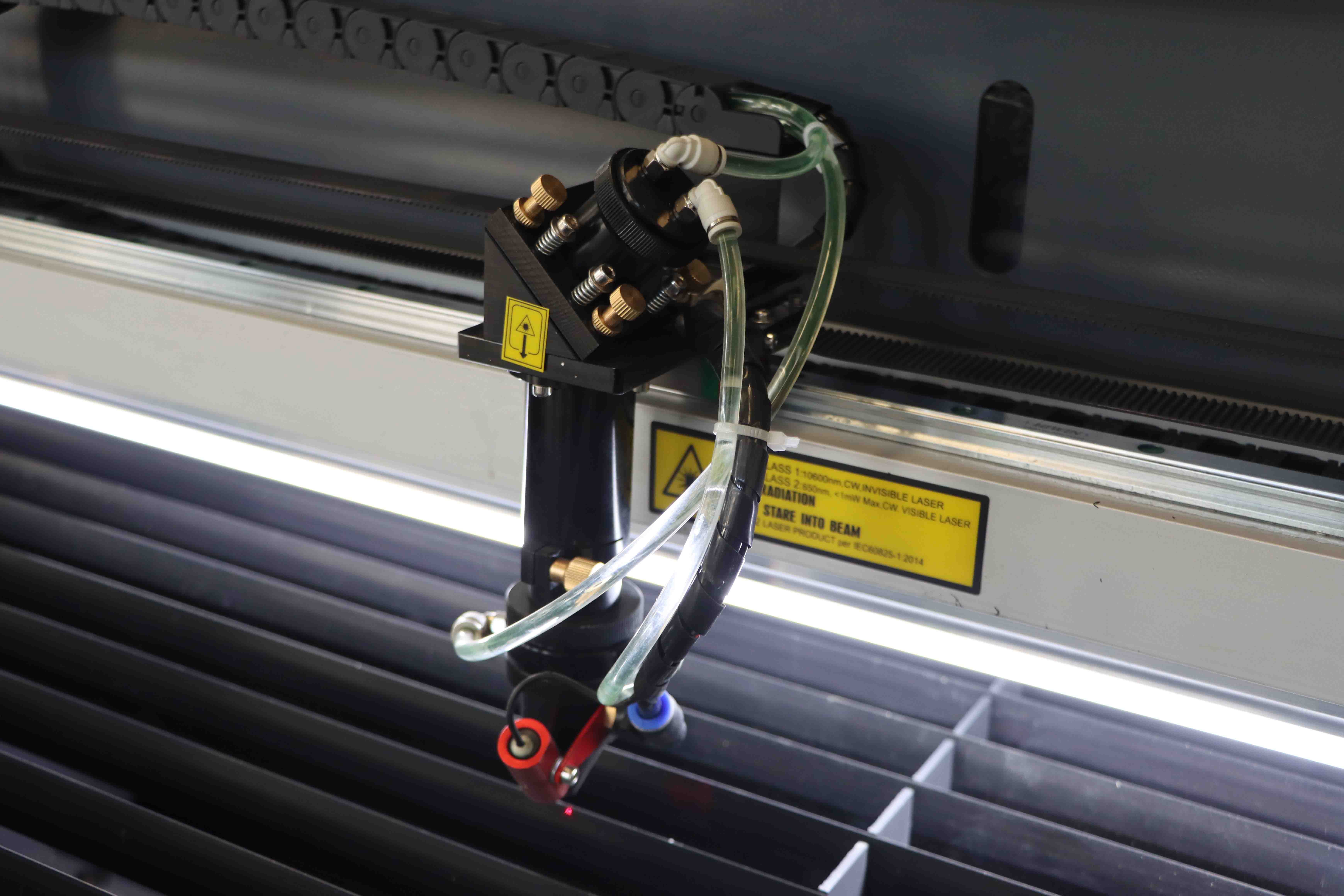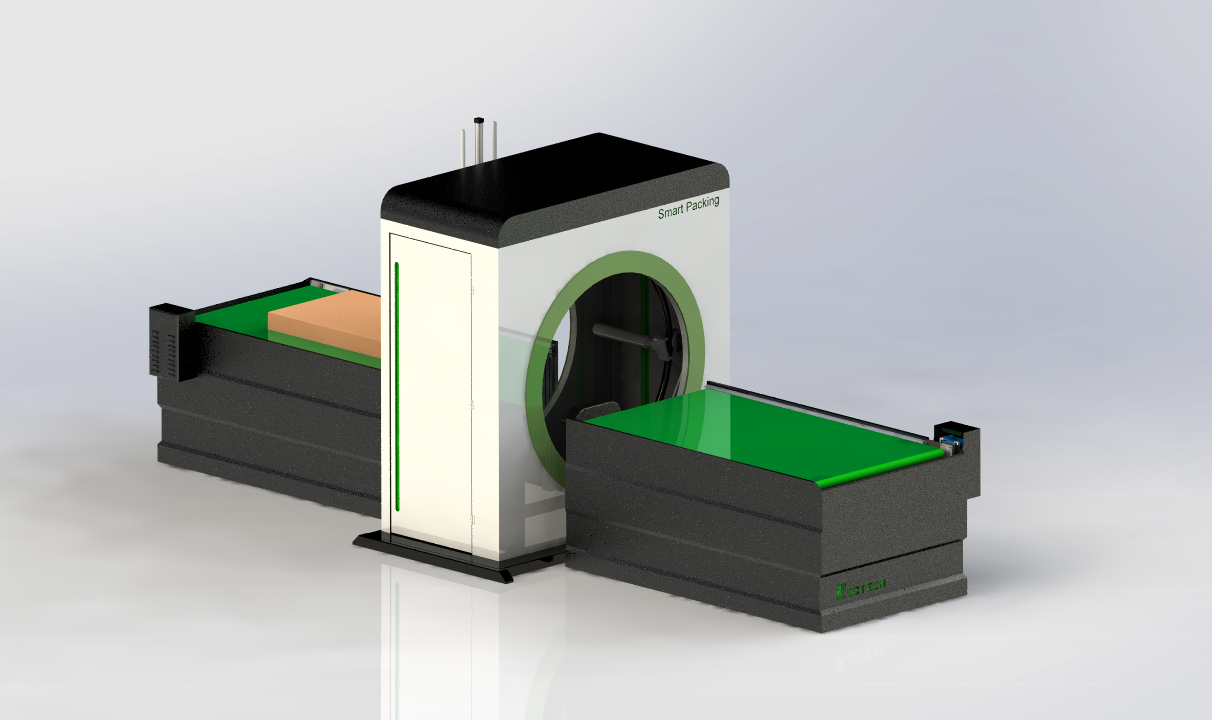Présentation
Les machines de découpe laser CNC (computer CNC) ont révolutionné la fabrication en offrant précision, rapidité et polyvalence. Au cœur de ces machines se trouve la tête laser CNC, un composant clé qui affecte directement les performances, la précision et l'efficacité de la machine. Le prix de la tête laser CNC est une considération importante pour les entreprises qui cherchent à investir ou à mettre à niveau leurs systèmes de découpe laser. Cet article examine en profondeur les facteurs qui influencent le prix des têtes laser CNC, les tendances du marché et les idées pour aider les acheteurs à prendre des décisions éclairées.
Facteurs influençant le prix de la tête laser CNC

1. Type de source laser Le type de source laser intégré dans la tête laser CNC est un déterminant principal de son prix. Les types de laser courants comprennent les lasers CO2, fibre et NdYAG. Les têtes laser à fibre, connues pour leur efficacité élevée et leur faible entretien, ont tendance à être plus chères que les têtes laser à CO2. Les têtes laser NdYAG, utilisées pour des applications spécialisées, peuvent également commander des prix plus élevés.
2. Puissance de sortie la puissance de sortie de la tête laser (en watts) a un impact significatif sur son prix. Les têtes laser de puissance plus élevée (par exemple 4 kW, 6 kW ou plus) sont capables de couper des matériaux plus épais à des vitesses plus rapides, ce qui les rend plus coûteux que les modèles de faible puissance (par exemple 1 kW ou 2 kW).
3. Brand and Quality Established brands with a reputation for quality and reliability often price their CNC laser heads higher. Brands like Trumpf, Bystronic, and Amada are known for their premium products, which come with advanced features and robust after-sales support. Conversely, lesser-known brands or generic models may offer lower prices but could compromise on quality and durability.

4. Features and Technology Advanced features such as automatic focus adjustment, collision detection, and integrated cooling systems can drive up the price of a CNC laser head. Additionally, laser heads equipped with the latest technology, such as fiber laser technology, tend to be more expensive due to their superior performance and energy efficiency.
5. Material Compatibility The ability of a laser head to cut a wide range of materials, including metals, plastics, and composites, can influence its price. Laser heads designed for multi-material applications often incorporate specialized optics and components, contributing to higher costs.
6. Maintenance and Operating Costs The long-term costs associated with maintaining and operating a CNC laser head can also impact its price. Laser heads with lower maintenance requirements and longer lifespans may have a higher upfront cost but can result in lower total cost of ownership over time.
7. Market Demand and Supply Like any other product, the price of CNC laser heads is subject to market dynamics. High demand and limited supply can drive prices up, while increased competition and technological advancements can lead to price reductions.
Market Trends in CNC Laser Head Pricing
1. Rising Popularity of Fiber Lasers Fiber laser technology has gained significant traction in recent years due to its efficiency, precision, and versatility. As a result, the demand for fiber laser heads has surged, leading to competitive pricing and innovation in this segment.
2. Adoption of Automation and Smart Features The integration of automation and smart features in CNC laser heads is a growing trend. Laser heads with IoT capabilities, remote monitoring, and predictive maintenance are becoming more prevalent, and their prices reflect the added value of these features.
3. Focus on Energy Efficiency With increasing emphasis on sustainability, manufacturers are developing energy-efficient CNC laser heads. These models may have a higher initial cost but offer significant savings in energy consumption over their operational life.
4. Customization and Modular Designs The trend towards customization and modular designs allows users to tailor CNC laser heads to their specific needs. While this flexibility can enhance performance, it can also lead to higher prices due to the specialized engineering and manufacturing involved.
5. Global Supply Chain Challenges The global supply chain disruptions caused by events such as the COVID-19 pandemic have impacted the availability and pricing of CNC laser heads. Delays in component sourcing and increased shipping costs have contributed to price volatility in the market.
Insights for Buyers
1. Assess Your Needs Before purchasing a CNC laser head, evaluate your specific requirements, including the types of materials you will be cutting, the desired cutting speed, and the level of precision needed. This will help you choose a laser head that offers the best value for your investment.
2. Consider Total Cost of Ownership While the upfront cost of a CNC laser head is important, it's essential to consider the total cost of ownership, including maintenance, operating costs, and potential downtime. Investing in a high-quality laser head with lower long-term costs can be more economical in the long run.
3. Research Brands and Models Conduct thorough research on different brands and models of CNC laser heads. Read reviews, seek recommendations from industry peers, and compare specifications and prices to make an informed decision.
4. Evaluate After-Sales Support The availability of reliable after-sales support, including technical assistance, spare parts, and warranty coverage, is crucial when purchasing a CNC laser head. Choose a supplier or manufacturer that offers comprehensive support to ensure smooth operation and minimize downtime.
5. Stay Updated on Market Trends Keep abreast of the latest trends and developments in the CNC laser head market. Understanding emerging technologies, pricing trends, and market dynamics can help you make timely and cost-effective purchasing decisions.
6. Negotiate and Explore Financing Options Don't hesitate to negotiate the price with suppliers or explore financing options that can make the purchase more affordable. Some manufacturers offer leasing or installment payment plans that can ease the financial burden.
Conclusion
The price of a CNC laser head is influenced by a multitude of factors, including the type of laser source, power output, brand, features, and market demand. As the industry continues to evolve, trends such as the rise of fiber lasers, adoption of smart features, and focus on energy efficiency are shaping the pricing landscape. For buyers, understanding these factors and staying informed about market trends is essential to making a well-informed investment in a CNC laser head that meets their needs and budget. By carefully evaluating their requirements, considering total cost of ownership, and researching available options, businesses can ensure they select a CNC laser head that delivers optimal performance and value.
Que vous ayez besoin de conseils généraux ou de soutien spécifique, nous serons heureux de vous aider.